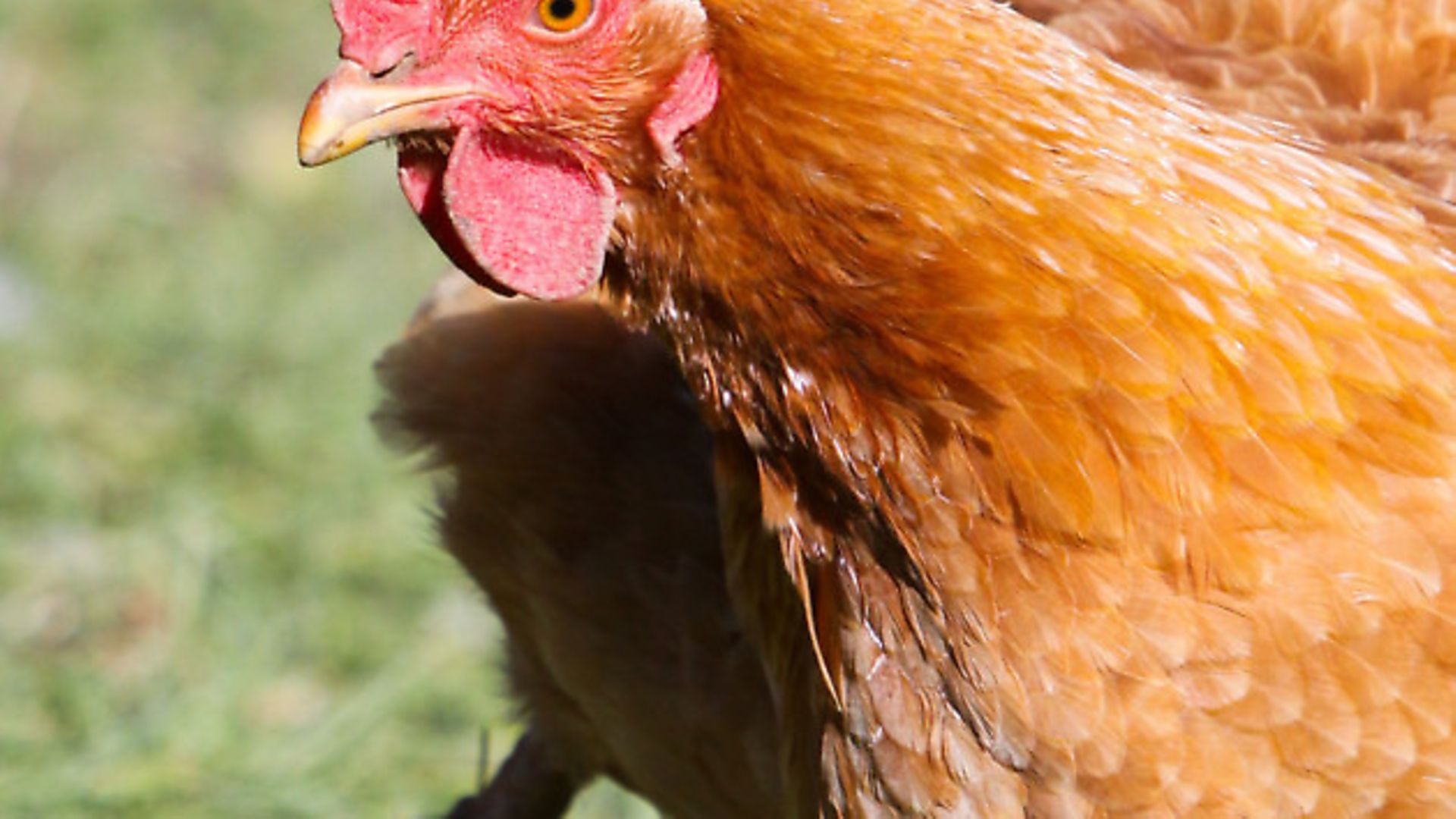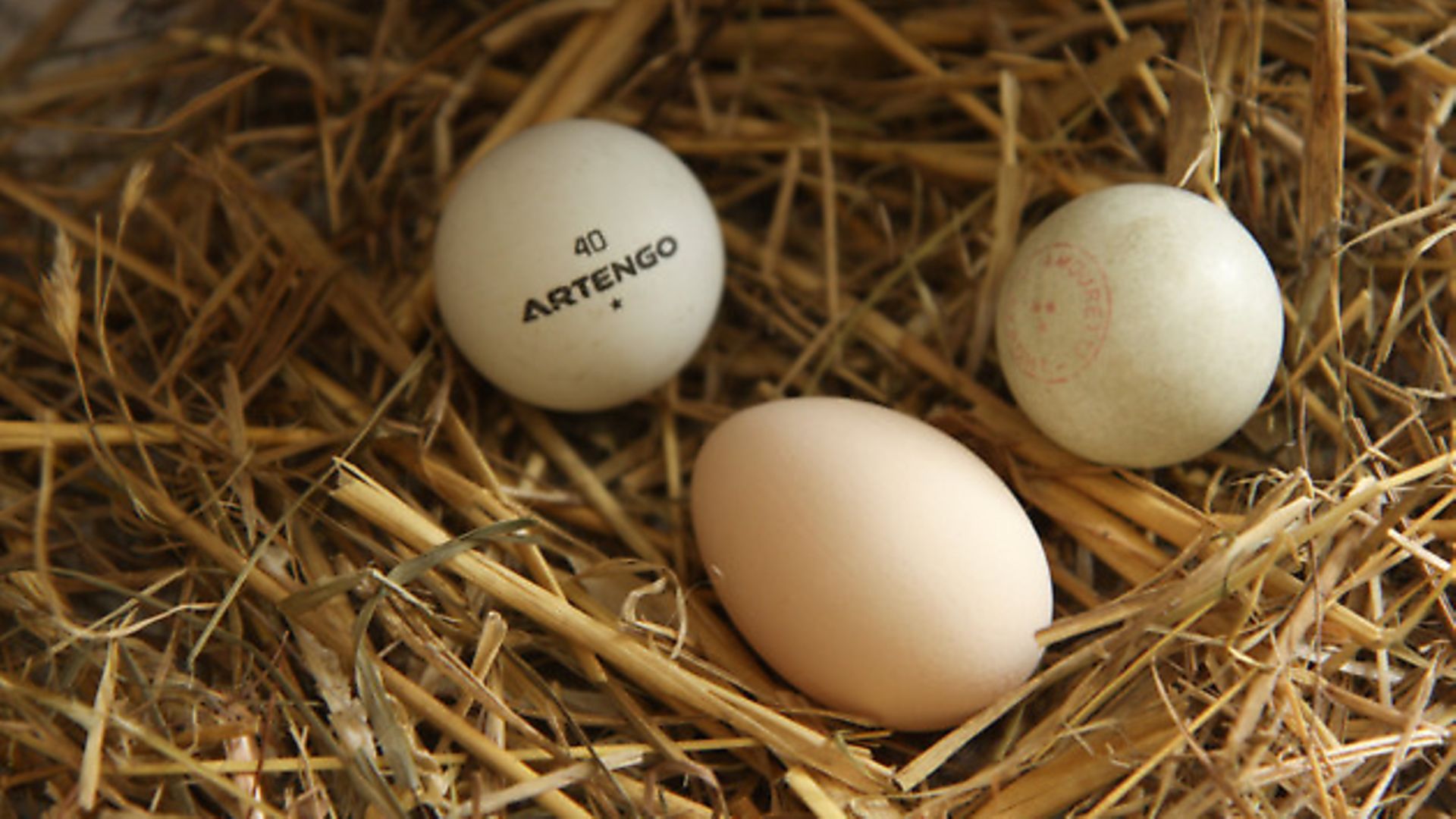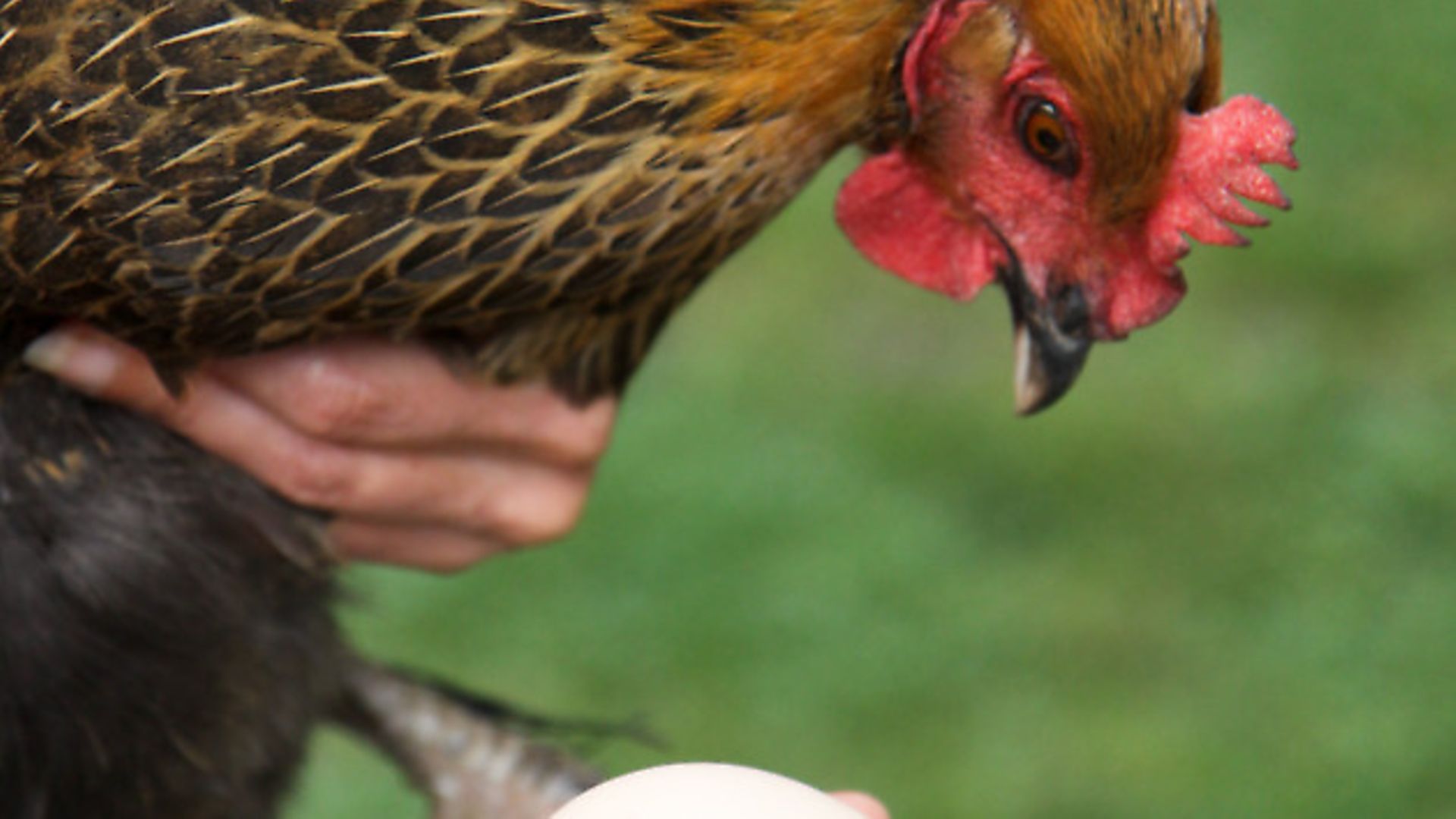Julie Moore explains what signs reveal your chicken is ready to lay, and how you can help prepare your pullets for their big day.

“Point of lay” is the term used to describe the age at which a pullet lays her first egg. There’s no set age as to when a pullet will start laying. In general, most pullets commence laying at around five or six months of age, but of course there are exceptions — some may start laying as young as 18 weeks whilst others wait a year or more. Many factors affect the timing of “point of lay” including: breed, hormones, health, diet, stress, lighting conditions and extreme temperatures.
If you take the time to watch your pullets closely, you can guarantee that your girls will start giving you hints that an egg is on its way!
One sign a pullet is getting ready to lay her first egg is the interest she shows in nest boxes. You’ll see her exploring the nest boxes, walking in and out, spinning around, rearranging the nesting material and practising sitting comfortably. I’ve also witnessed a pullet perfecting a nest in a secluded dark corner of a barn. I would see her there every day diligently moving things around and getting it just right — a week later, I found an egg!
You’ll also notice a change in her appearance. As she reaches maturity, you’ll see that her comb, ear lobes and wattles will increase in size, soften and deepen in colour. In many single comb breeds, the comb will tend to flop over to one side. Her skin becomes soft, velvety and stretchable. You’ll also notice that her vent becomes moist and widens allowing eggs to pass more easily.
The biggest clue that an egg is imminent is the submissive squat. This is the posture adopted by a sexually mature pullet or hen when a rooster approaches her for mating. She squats down, spreads her wings slightly for balance and lowers her tail so that the rooster can “tread” her (mate with her). She may also display the same posture if you extend your hand to pet her or pick her up.
Now you know the signs to look for, you can help your pullets prepare for their big day.
Ensure your hens have access to several sources of clean, fresh drinking water. Hens drink a surprising amount of water each day — up to 500ml. Given that an egg consists of approximately 75% water, a hen deprived of water won’t be physically capable of producing eggs.
Hens require a balanced and adequate diet appropriate for their age. Ensure that you buy a good quality, well balanced layer ration in order for hens to be productive. Never feed layers rations to pullets younger than 18 weeks as the calcium content in the feed can cause kidney damage.
As calcium is required for strong bones and quality egg shells, it’s beneficial to offer a coarse, slow-release source of calcium in the form of oyster shell or limestone grit in a separate dish from the feed. Hens are then free to balance their own calcium requirements and you’ll avoid having any misshapen eggs (too much calcium) or soft-shelled eggs (too little calcium). Remember, a hen in calcium deficit will rob her own body in her quest to lay eggs which is detrimental to her health.

Hens need to feel safe and secure when they lay. By providing ample (generally one nest box for every three hens), well-designed nest boxes you can help prevent hens sharing nest boxes which can lead to bullying, broken eggs or egg eating as well as discouraging any temptation to lay on the floor (dirty and possibly broken eggs). Adding nest box curtains creates extra privacy which your pullets will appreciate. As hens like to lay where others have laid their eggs, placing fake eggs such as ping pong balls in nest boxes can encourage pullets to use the nest boxes.
Make the nesting area a stress-free zone. Minimise activity and noise around the hen house, particularly in the morning which is normally the ‘peak’ egg laying period. Postpone chores such as cleaning until later in the day and keep quick moving children and other pets away from the flock. Adding a blend of fresh or dried highly aromatic herbs that contain strong smelling volatile oils to the nest boxes can not only affect the mood and stress levels of your laying hens by calming them, but some oils have anti-bacterial and anti-parasitic properties. Toss a handful of fresh herbs into your nest boxes and refresh as needed.
When the big day arrives, don’t expect a perfect egg. Generally, a pullet’s first egg will be quite small, but subsequent eggs will soon reach the normal size for that hen. If a pullet matures early, she may lay shell-less eggs simply because her reproductive system isn’t properly developed. Her body will soon adjust and become fully geared up for egg production.
Look for the signs that eggs are on their way and help your pullets become egg-laying eggsperts.

Image(s) provided by:
Archant
Archant
Archant







